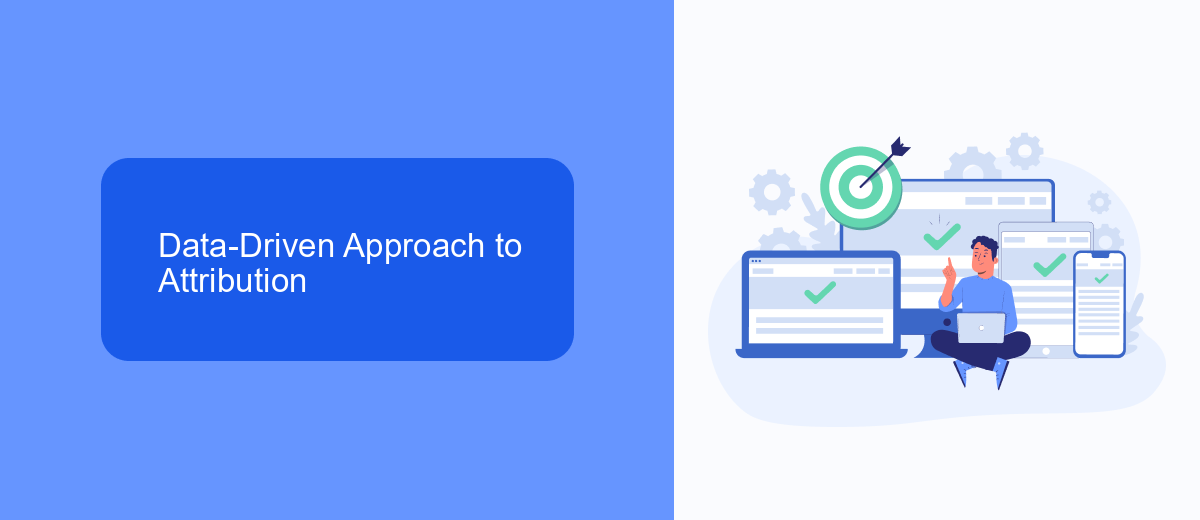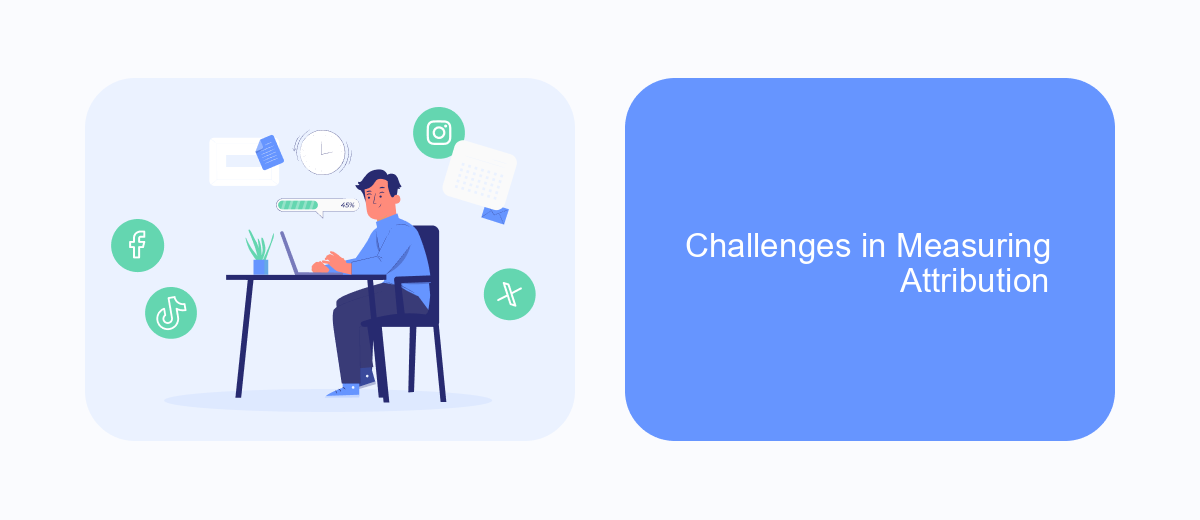Lead generation attribution is a critical aspect of modern marketing strategies, enabling businesses to trace and evaluate the effectiveness of their lead generation efforts. By understanding which channels and tactics are driving conversions, companies can optimize their marketing spend and improve ROI. This article delves into the key concepts, methodologies, and tools essential for mastering lead generation attribution.
What is Lead Generation Attribution?
Lead Generation Attribution refers to the process of identifying and assigning credit to various marketing efforts that contribute to generating leads. This involves tracking and analyzing the touchpoints that a potential customer interacts with before converting into a lead. Understanding lead generation attribution helps businesses optimize their marketing strategies and allocate resources more effectively.
- First-touch attribution: Credits the first interaction a lead has with your brand.
- Last-touch attribution: Credits the final interaction before the lead conversion.
- Multi-touch attribution: Distributes credit across multiple touchpoints in the customer journey.
- Linear attribution: Equally divides credit among all touchpoints.
- Time-decay attribution: Gives more credit to touchpoints closer to the conversion event.
Effective lead generation attribution can be enhanced with integration tools like SaveMyLeads, which streamline the process of connecting various marketing platforms and tracking customer interactions. By using such services, businesses can gain a comprehensive view of their lead generation efforts, making it easier to optimize campaigns and improve ROI.
Data-Driven Approach to Attribution

A data-driven approach to attribution leverages advanced analytics and machine learning to accurately track and analyze the customer journey across multiple touchpoints. By collecting and processing vast amounts of data, businesses can identify which marketing channels and campaigns are most effective in driving conversions. This method allows for a more precise allocation of marketing resources, ensuring that efforts are focused on the most impactful strategies. Tools like Google Analytics, CRM systems, and specialized attribution software are essential in gathering and interpreting this data.
Integrating these tools can be streamlined with services like SaveMyLeads, which automates the process of connecting various platforms and systems. SaveMyLeads enables seamless data transfer between marketing channels and analytics tools, ensuring that all relevant information is captured and analyzed in real-time. This integration is crucial for maintaining an accurate and comprehensive view of the customer journey, allowing businesses to make data-driven decisions that enhance their lead generation efforts and overall marketing effectiveness.
Benefits of Implementing Attribution

Implementing attribution in lead generation strategies offers numerous advantages that can significantly enhance marketing effectiveness and ROI. By accurately tracking and analyzing the sources of leads, businesses can make more informed decisions about where to allocate their marketing resources.
- Improved ROI: Attribution helps identify the most effective channels, allowing businesses to invest more in high-performing areas and reduce spending on less effective ones.
- Better Customer Insights: Understanding the customer journey from initial contact to conversion provides valuable insights into customer behavior and preferences.
- Enhanced Marketing Strategies: With clear data on which campaigns are driving leads, businesses can refine their marketing strategies to target the right audience more effectively.
- Optimized Budget Allocation: Attribution allows for more precise budget allocation, ensuring that marketing spend is directed towards the most impactful activities.
- Increased Sales Efficiency: By knowing which channels and touchpoints are most effective, sales teams can prioritize leads that are more likely to convert, improving overall sales efficiency.
Integrating attribution tools with services like SaveMyLeads can further streamline the process by automating lead data collection and analysis. This not only saves time but also ensures that the data is accurate and up-to-date, enabling businesses to make timely and strategic decisions. Implementing attribution is a crucial step towards maximizing the potential of lead generation efforts.
Challenges in Measuring Attribution

Measuring attribution in lead generation poses numerous challenges due to the complexity of tracking customer interactions across various channels. The path to conversion is rarely linear, making it difficult to attribute success to a single touchpoint.
Another challenge is the integration of disparate data sources. Companies often use multiple platforms to manage their marketing efforts, which can lead to data silos. This fragmentation makes it hard to get a unified view of the customer journey.
- Data fragmentation across multiple platforms
- Difficulty in tracking multi-channel interactions
- Inconsistent data quality and accuracy
- Challenges in integrating offline and online data
To address these challenges, businesses can utilize tools like SaveMyLeads, which streamline the integration of various marketing platforms. By automating data synchronization, SaveMyLeads helps in creating a more cohesive and accurate attribution model, ultimately improving decision-making and resource allocation.
- Automate the work with leads from the Facebook advertising account
- Empower with integrations and instant transfer of leads
- Don't spend money on developers or integrators
- Save time by automating routine tasks
Best Practices for Attribution
Effective lead generation attribution requires a clear understanding of your customer journey and the touchpoints that influence conversions. Start by implementing a robust tracking system that captures data from all marketing channels, including social media, email campaigns, and paid advertisements. Utilize UTM parameters to track the performance of specific links and integrate your CRM with analytics tools to centralize data collection. This comprehensive approach ensures that you can accurately attribute leads to their respective sources and optimize your marketing strategies accordingly.
To streamline the process, consider using integration services like SaveMyLeads, which automates data transfer between your marketing platforms and CRM. This not only saves time but also reduces the risk of human error in data entry. Additionally, regularly review and adjust your attribution models to reflect changes in consumer behavior and market dynamics. By continuously refining your approach and leveraging automation tools, you can enhance the accuracy of your lead attribution and make data-driven decisions that drive growth.
FAQ
What is Lead Generation Attribution?
Why is Lead Generation Attribution important?
How can I track lead sources effectively?
What are common challenges in Lead Generation Attribution?
How can automation tools help with Lead Generation Attribution?
Are you using Facebook Lead Ads? Then you will surely appreciate our service. The SaveMyLeads online connector is a simple and affordable tool that anyone can use to set up integrations for Facebook. Please note that you do not need to code or learn special technologies. Just register on our website and create the necessary integration through the web interface. Connect your advertising account with various services and applications. Integrations are configured in just 5-10 minutes, and in the long run they will save you an impressive amount of time.

